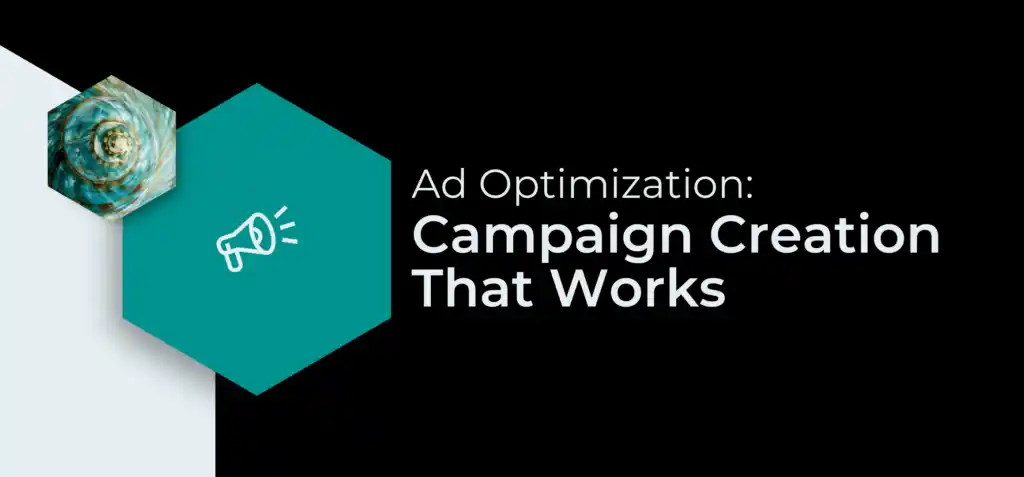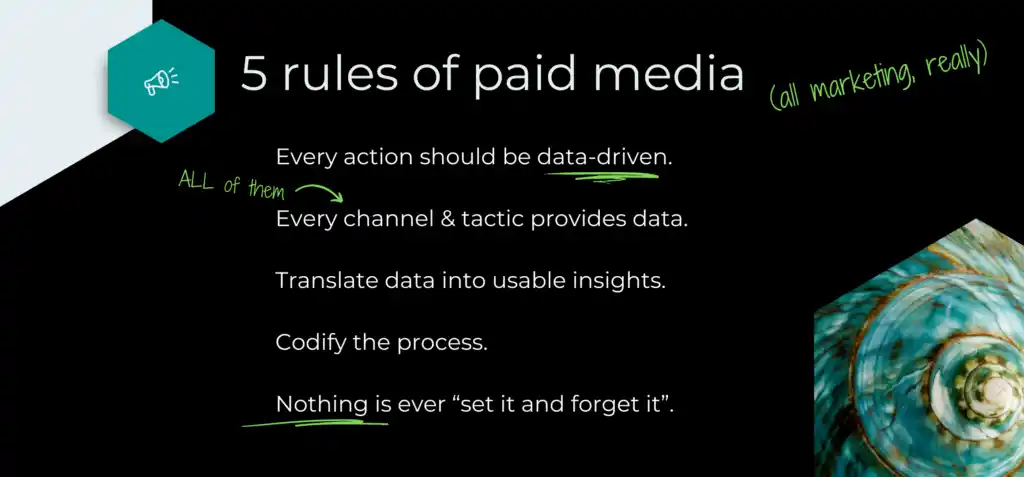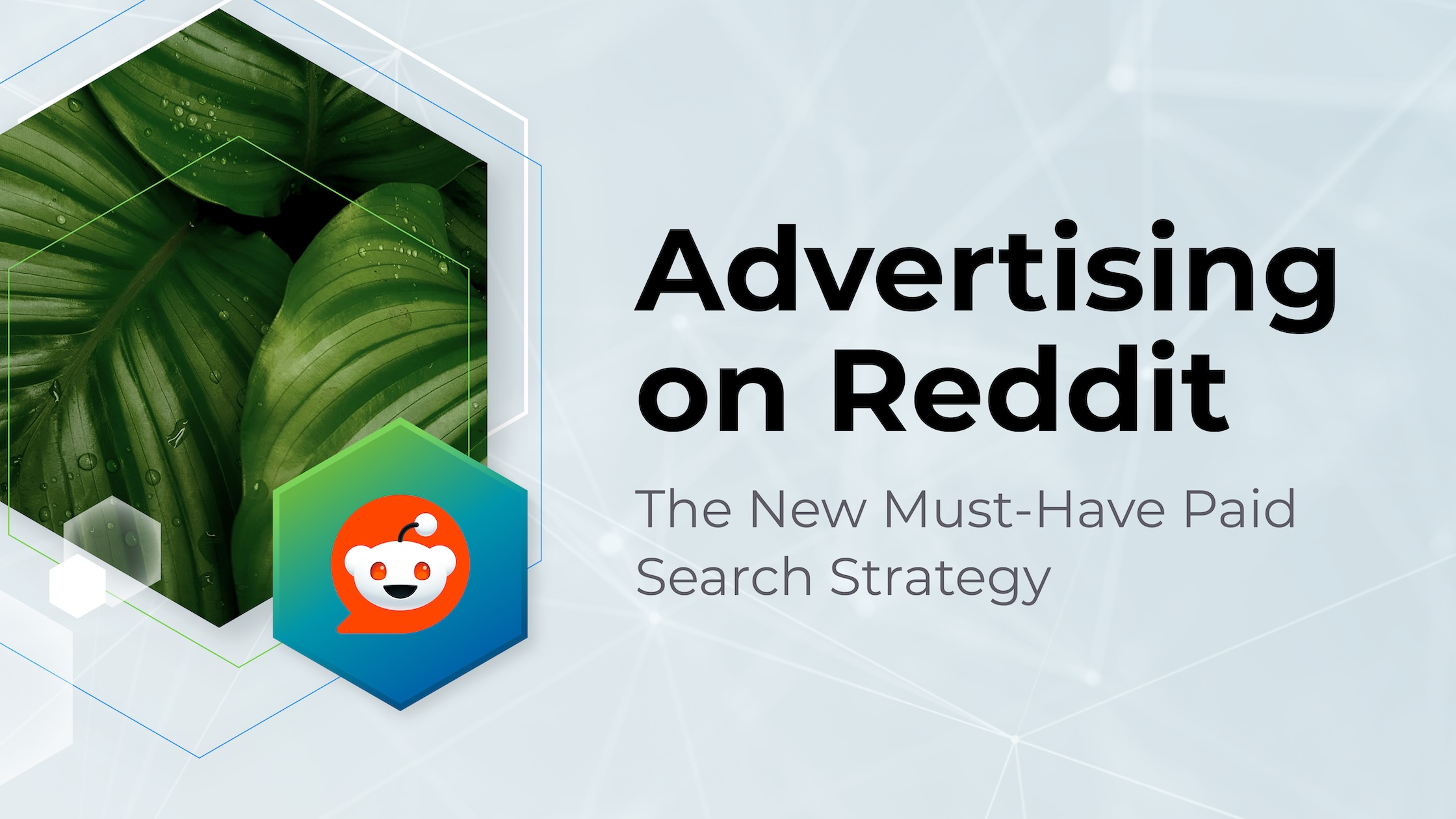
Knowing whether you’d benefit from ad optimization is as simple as answering “no” to either of these questions:
- Are you seeing the results you want?
- Are positive results holding steady or improving, month after month?
Apiary takes a data-driven approach to paid media campaign performance. Today, we’re giving you a behind-the-scenes peek into our ad optimization process and philosophy, including:
- What is ad optimization?
- The 5 rules of paid media
- What are the benefits of ad campaign optimization?
- How to optimize your ad campaign – Apiary’s 7 steps
- The subject matter expertise you need for TRUE ad optimization
What is ad optimization?
As its name implies, ad optimization is the process of improving the return on ad spend (ROAS) of a digital advertising campaign on a paid media platform. (But before you go any further, definitely check out the boulder of salt we sprinkle on every ROAS conversation.)
The ad optimization process typically involves the analysis and enhancement of these variables:
- Target audience. Refining segmentation to target the most relevant and profitable audience.
- Placement. Evaluating the effectiveness of where on the platform your ad is placed.
- Budget & bid optimization. Adjusting bids to balance budget constraints with optimal performance.
- Copy & creative. A/B testing ad copy, images and/or videos to boost engagement and click-through rates.
- Conversion tracking. Monitoring ad success based on your conversion goals.

Benefits of ad campaign optimization
The obvious upside of optimizing a digital marketing paid campaign is an improved conversion rate.
If you’re a D2C brand, net new customer acquisition might be your conversion goal. For B2B brands, it might be the completion of an email opt-in form or scheduling a sales call.
However, ad optimization provides several benefits beyond conversion, including:
- Higher quality score. Optimized campaigns can result in your Google Ads account receiving a higher quality score (the total of the quality of your ads, keywords, and landing pages), which has been shown to lead to lower cost per click (CPC).
- Improved bids. When properly documented, multiple optimizations quickly form a historical reference point that can be used to improve bid performance.
- Improved organic performance. The additional layers of data available from the optimization process often provide insights that can improve organic content marketing efforts.
- Competitive advantage. Ad optimization best practices give your team first-look visibility into emerging trends and new advertising formats.
How to optimize your ad campaign – Apiary’s 7 steps
1. Goals
The most successful campaigns have clearly defined goals, tailored to your unique product or service. Broad or vague goals (or none at all) is the first way to start your campaign on the wrong foot.
Precise goals are the launch pad for every optimization strategy. For example, a brand awareness campaign meant to generate impressions requires an entirely different pathway and set of strategies than a campaign meant to drive purchases.
2. Hypothesis
With well-defined goals in hand, the next step is determining how you’ll hit those goals. What campaign types, creative, landing pages, and platforms are best suited for accomplishing those goals?
This sometimes requires trial and error, but our typical recommendation is to build a data-backed hypothesis and allocate a portion of your budget and time to testing it. Validating your hypothesis upfront will generate results faster and make better use of your budget.
3. Audience
When we meet brands with existing paid media campaigns, audience targeting is often one of the first things we jump on optimizing. Most brands are missing opportunities to dial in their audience targeting for the highest degree of qualification.
The best performing ads solve the right person’s problem. The process of audience refinement includes asking questions like:
- What problem are you solving?
- Who most commonly has that problem?
- How have they previously gone about solving that problem?
- What keywords are they searching for, related to this problem?
- What stage of their problem-solving journey are they in?
One segment of your target audience is still just trying to understand their problem, which means their query will be totally different than the segment that’s ready to make a buying decision.
And that segues into another Apiary MUST of ad optimization: Break apart your keywords based on the marketing funnel journey.
4. Keyword strategy
A keyword audit will reveal the best performers, the ones to replace, and the ones that can be consolidated. If you haven’t implemented one yet, we also suggest adding in a negative keyword strategy so that you’re not paying for clicks you don’t actually want.
Paid media campaign keywords should map to the customer’s journey through the funnel. We’ve often seen performance fails because keywords and ad creative weren’t aligned to the funnel journey.
Are your current keywords heavily skewed toward the top of the funnel only? Does that align with your campaign goals, or do you need keywords that also address the middle and/or bottom of the funnel?
5. Bid strategy
With the strategic elements of steps 1-4 in place, it’s time to consider bid strategy.
Your bid strategy is how you communicate with the algorithm. Whether you’re working within Google, Meta, or another platform, today’s paid media algorithms are incredibly powerful IF you feed the algorithm the right information. This is what an effective bid strategy does.
Within budget constraints, it’s ideal to bid higher on audience parameters that can reasonably be expected to drive the best performance. Here are some examples of what that can look like:
- If you’re a retailer with an audience that tends to shop on the weekends, tell the algorithm you’re willing to pay more on Saturdays than on Tuesdays.
- If analytics shows that your audience is fast-paced and on the go, it makes sense to bid more heavily on mobile than desktop.
- If your audience mostly lives in big cities, create geos in NYC and Chicago and bid heavily on those areas while still targeting the US as a whole.
- If your audience has a penchant for travel, bid more heavily on people who’ve already demonstrated a strong affinity for travel.
6. Copy & creative
While you might assume that the #1 objective of an ad is to attract clicks, we believe that’s actually its second priority.
The first job of your ad is to provide a gatekeeping effect that keeps the wrong kind of traffic OUT. Otherwise, you run the risk of paying for traffic that inflates impressions but crashes the conversions that matter most.
With a fine-toothed comb, a thorough ad optimization process will analyze all your ad groups to ensure that ad creative and ad copy is tailored for the very specific targeting parameters of each ad group. Split tests or A/B tests are crucial for this purpose.
7. Landing page
When we start working with a new client-partner with existing ad campaigns, we often see an overemphasis on bid strategy or ad copy/creative with minimal focus on the landing page users are redirected to once they click on your ad. This is a major missed opportunity.
The quality of your landing page has to (quickly) confirm who you are as a brand and that you can solve the user’s problem. Improving the landing page experience is a crucial part of optimizing every user touchpoint.

What subject matter expertise is required for ad optimization?
Apiary has been headquartered in the cloud since 2015. As a 100% remote talent collective, we’ve all got a hefty dose of independence flowing through our veins.
AND.
Consistent digital marketing performance is never a one-person show. Ad optimization requires several skillsets working in concert. The basics are:
- Platform-specific technical expertise
Paid media platforms are not a monolith. For Google display ads, you need a Search Engine Marketing (SEM) expert. While there’s some overlap, a SEM expert may not also be a paid strategy expert for LinkedIn, Meta, YouTube, etc. Platform-specific strategists have a solid grasp on the technical aspects of those platforms, how users engage there, and what they want to see.
- Brand expertise
Every ad optimization strategy needs someone with a deep understanding of the brand’s value proposition, values, and voice. If you’re partnering with external ad optimization consultants, it’s essential that someone from your in-house team is actively involved in the optimization process.
- Copywriting expertise
The best performing ad copy blends audience targeting, keyword strategy, brand voice and tone, and a compelling call to action, to create concise copy that speaks directly to the intended audience. Sometimes, paid search subject matter experts are able to perform this role with sufficient input from the brand liaison and client.
- Analytics expertise
Your platform experts should know enough to be dangerous, but every high performing paid campaign we’ve ever seen included a Google Analytics subject matter expert. These pros expand the insights available from the analytics tools embedded within the ad platform you’ve chosen by extracting multiple layers of raw data and visualizing that data in marketing dashboards that reveal actionable insights.
Ad performance & brand voice can and should function as a unit
Some brands are thrilled to hand over their campaign creation to a team of industry experts, so they can focus on the 100 other marketing activities that need their attention today.
But others worry that creating data-driven ads will result in personality-less ad copy that ignores their brand voice and values.
This circles back to our note up top about ad optimization not being a one-person job. When you have the right collection of skill sets working harmoniously on optimizing your digital ad campaigns, you’ll have data-centric technical experts collaborating with brand and copywriting experts to produce a result that will perform well AND align with the brand.
Ad optimization strategists should never ask you to forego brand for performance, or vice versa.
TL;DR on ad optimization
- Ad optimization is the process of enhancing your audience targeting, ad placement, bidding strategy, and ad copy and creative to improve overall performance
- Ad optimization includes analyzing and improving across these 7 key areas:
- Campaign goals
- Performance hypothesis
- Target audience
- Keywords
- Bids
- Ad copy and creative
- Landing page
- Performance optimization is not a one-person job. The subject matter expertise found on the best performing campaigns include, at a minimum:
- Platform-specific expert
- Brand expert
- Analytics expert
- Copywriting expert




